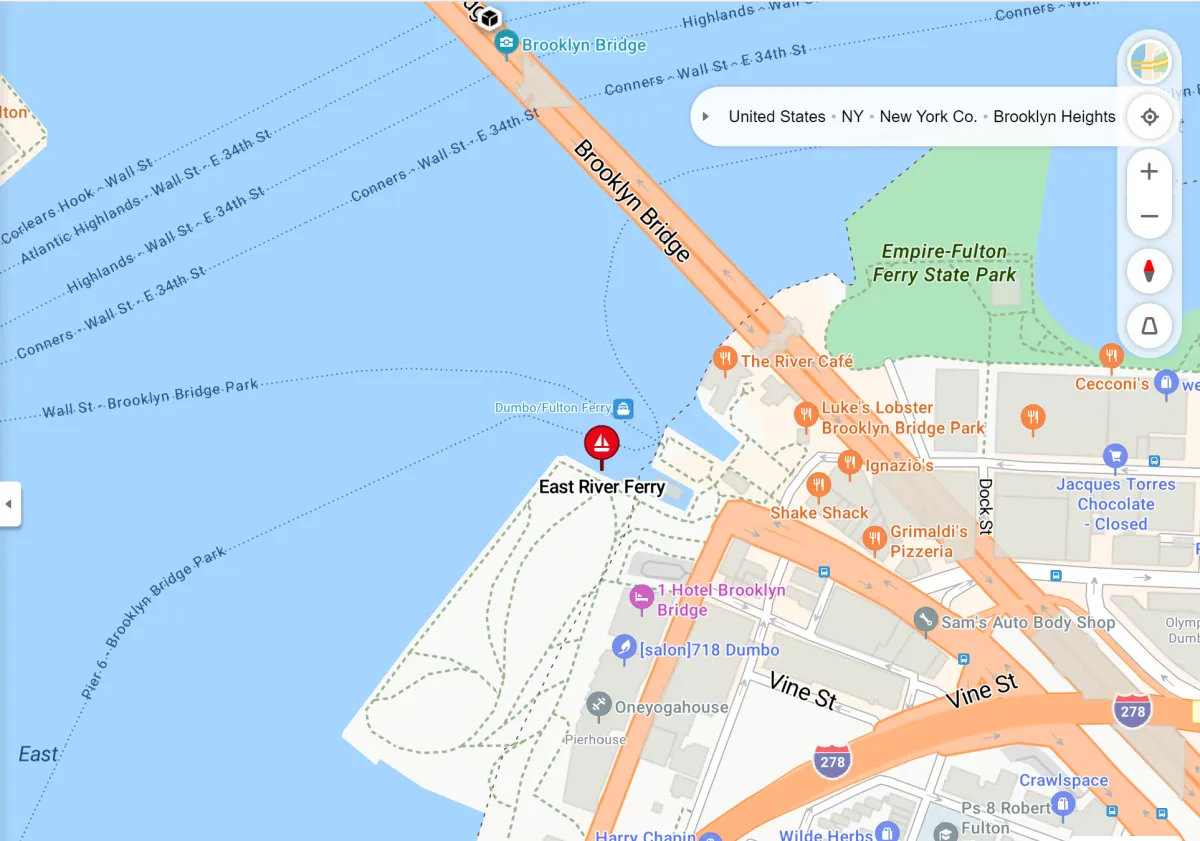Welcome to Williamsburg: Your New Home Awaits!.
Discover the Heart of Brooklyn's Most Vibrant Neighborhood
About Williamsburg
Williamsburg, located in the northern part of Brooklyn, New York, is a vibrant and diverse neighborhood known for its hip and artistic vibe. Here are some key points about Williamsburg:
Culture and Arts: Williamsburg is famous for its thriving arts scene, with numerous galleries, music venues, and street art. The neighborhood has a strong creative community, attracting artists, musicians, and designers.
Food and Dining: The area boasts a wide variety of dining options, from trendy cafes and artisanal bakeries to high-end restaurants and food markets. The Smorgasburg food market is a popular destination for locals and tourists alike.
Nightlife: Williamsburg has a lively nightlife with numerous bars, clubs, and live music venues. It's a hotspot for young professionals and creatives looking to socialize and enjoy the vibrant atmosphere.
Real Estate: The real estate market in Williamsburg is diverse, featuring a mix of modern luxury condos, historic townhouses, and converted industrial lofts. The neighborhood has seen significant development over the past decade, leading to rising property values.
Parks and Recreation: The area offers several parks and recreational spaces, including McCarren Park, which provides sports facilities, a swimming pool, and open green spaces for relaxation.
Transportation: Williamsburg is well-connected to Manhattan and other parts of Brooklyn via the L train, East River Ferry, and multiple bus lines. Its proximity to Manhattan makes it a desirable location for commuters.
Shopping: The neighborhood features a mix of independent boutiques, vintage shops, and well-known retail stores, catering to a variety of tastes and styles.
Williamsburg is a dynamic and sought-after neighborhood that combines a rich cultural scene with modern amenities and a strong sense of community.
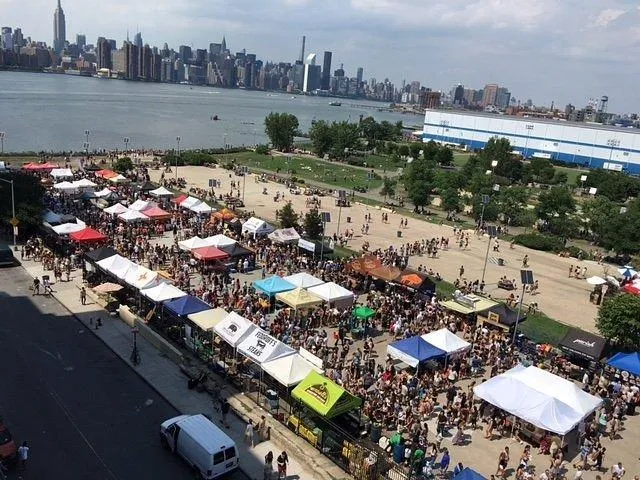
Wlliamsburg Smorgasburg
Image Source: TripAdvisor
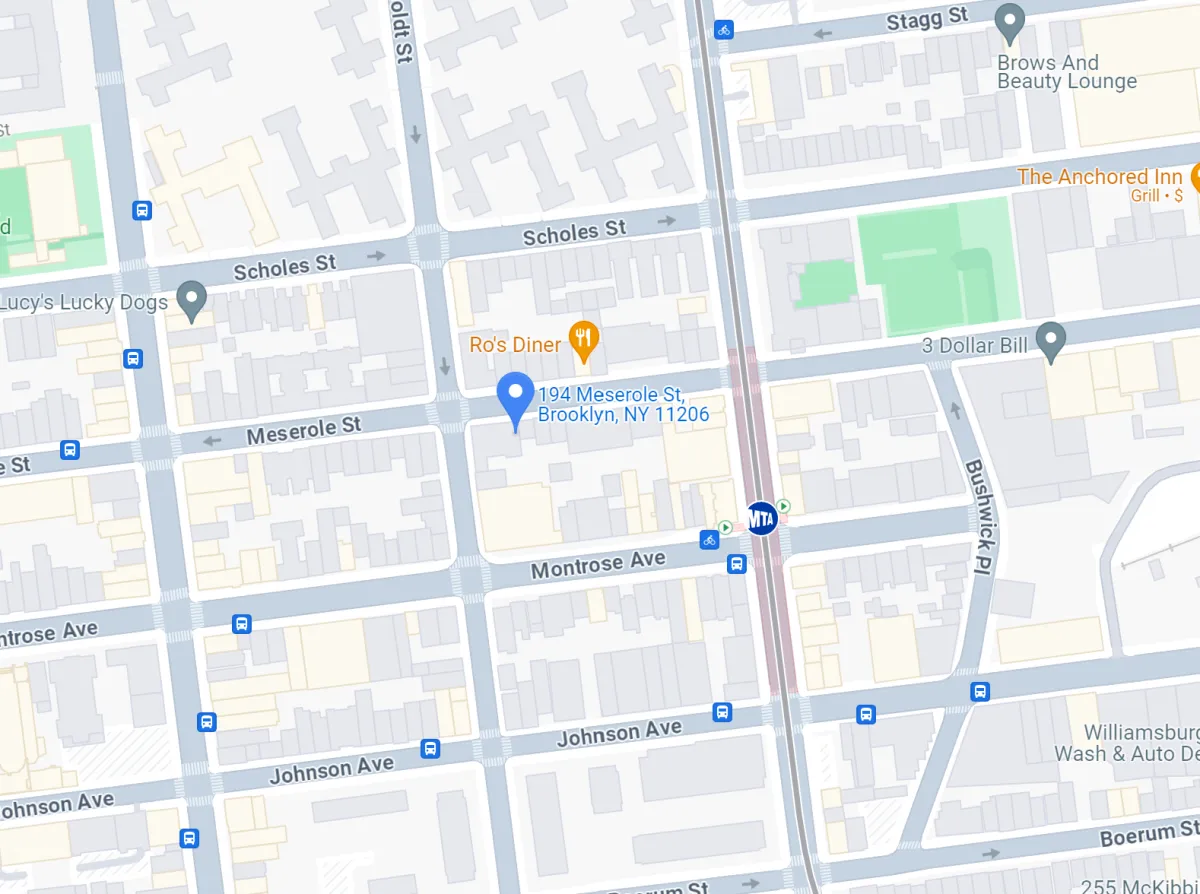
Transportation
Image Source: Google
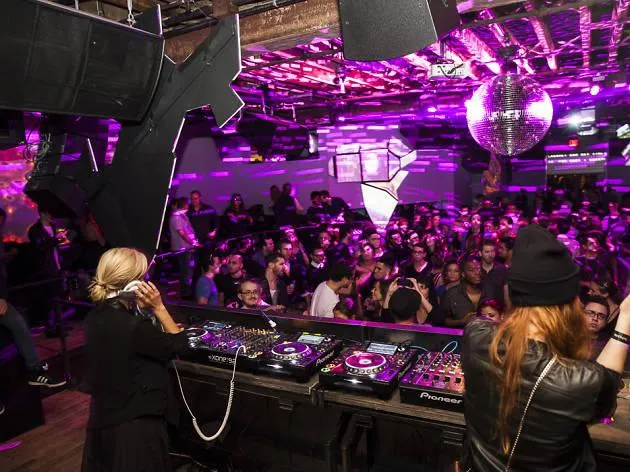
Verboten - Nightlife
Image Source: Timeout.com
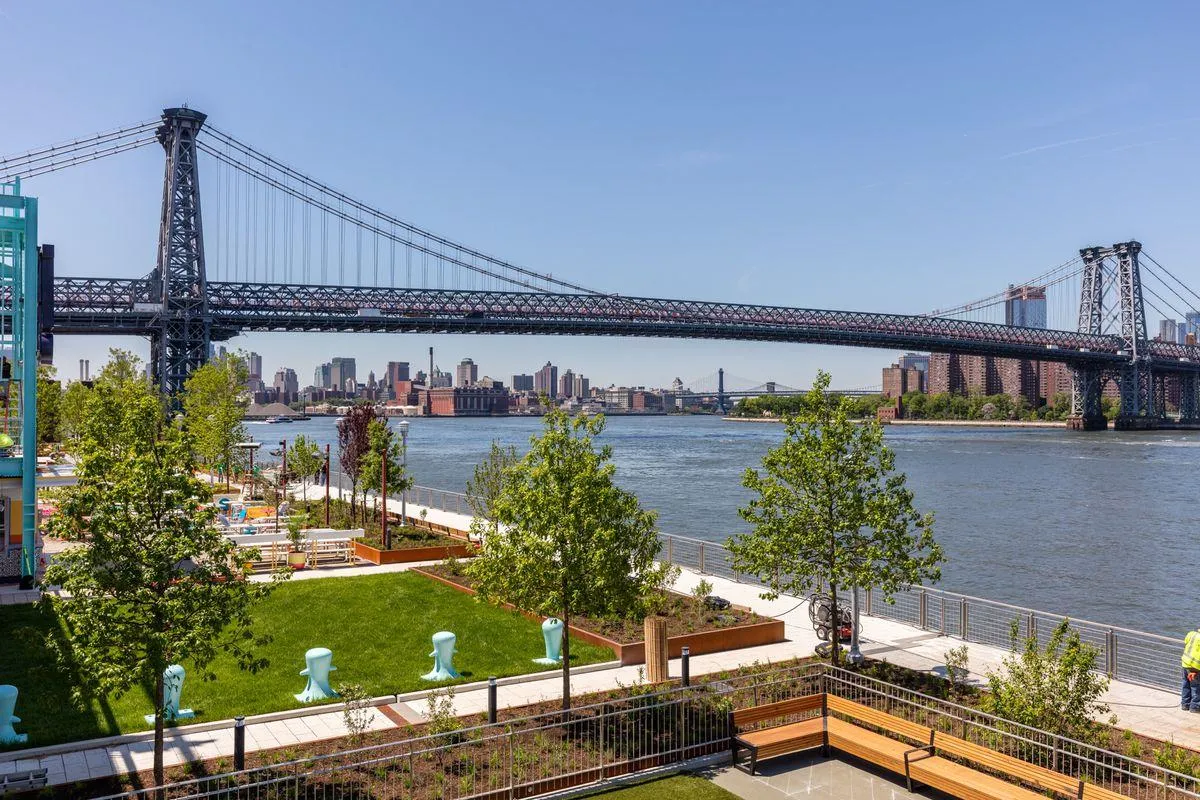
Domino Park
Image Source: CurbedNY.com

Wlliamsburg Smorgasburg
Image Source: TripAdvisor

Transportation
Image Source: Google

Verboten - Nightlife
Image Source: Timeout.com

Domino Park
Image Source: CurbedNY.com
History and Transformation
Williamsburg's journey from an industrial hub to a trendy neighborhood is a fascinating story of resilience and reinvention
Industrial Beginnings: In the 19th and early 20th centuries, Williamsburg was a bustling industrial area. It was home to numerous factories and warehouses, attracting a working-class population, including many immigrants.
Decline and Decay: Post-World War II, like many industrial areas in the U.S., Williamsburg experienced economic decline. Factories closed, and the area saw rising crime rates and urban decay.
Influx of Artists: In the 1980s and 1990s, artists and musicians began moving to Williamsburg, attracted by the affordable rent and large, open spaces in former industrial buildings. This influx laid the groundwork for the neighborhood's cultural renaissance.
Gentrification: The presence of artists and the neighborhood's proximity to Manhattan made Williamsburg increasingly attractive to developers and young professionals. Gentrification began in the late 1990s and accelerated in the 2000s, leading to significant changes in the neighborhood's demographics and real estate market.
Rezoning and Development: In 2005, New York City rezoned parts of Williamsburg, allowing for residential development along the waterfront. This led to a construction boom, with many luxury condos and apartment buildings replacing old industrial structures.
Cultural Institutions and Events: The growth of cultural institutions, like galleries, music venues, and theaters, alongside popular events like the Smorgasburg food market, further solidified Williamsburg's reputation as a cultural hub.
Transportation Improvements: Improvements in transportation, including the introduction of the East River Ferry and enhancements to subway services, made Williamsburg more accessible, increasing its appeal to commuters and tourists.
Economic Investment: Continued investment in infrastructure, parks, and public spaces has contributed to Williamsburg's ongoing development and desirability as a place to live and visit.
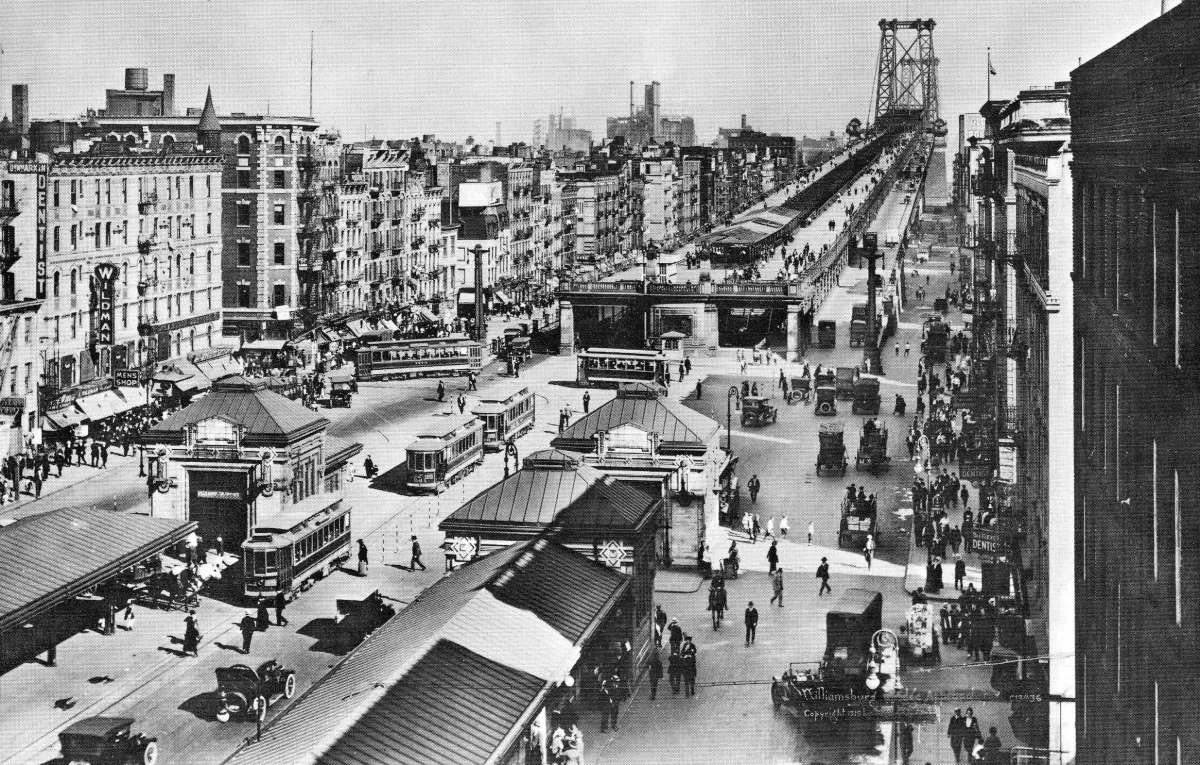
Williamsburg Bridge, 1919
Image Source: Reddit.com
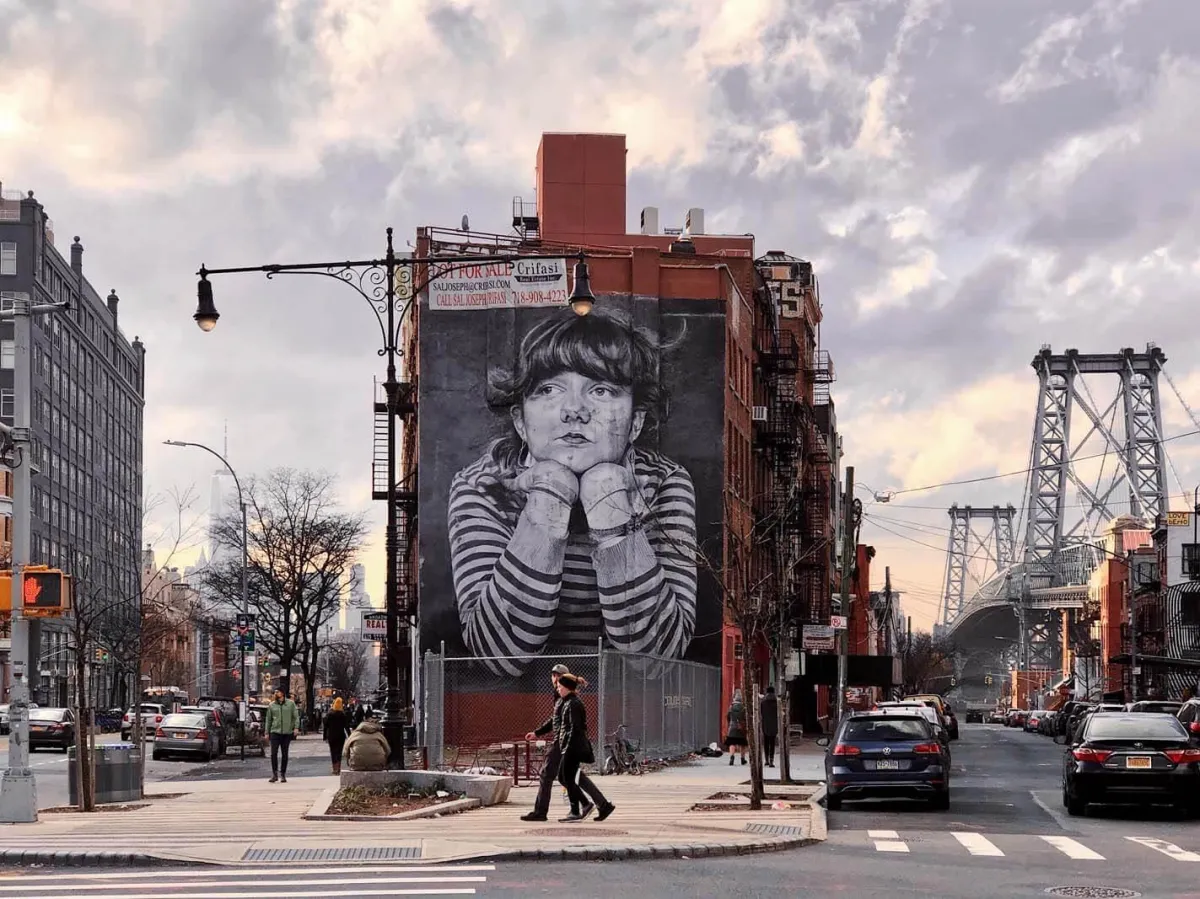
Street Art
Image Source: Yourbrooklynguide.com
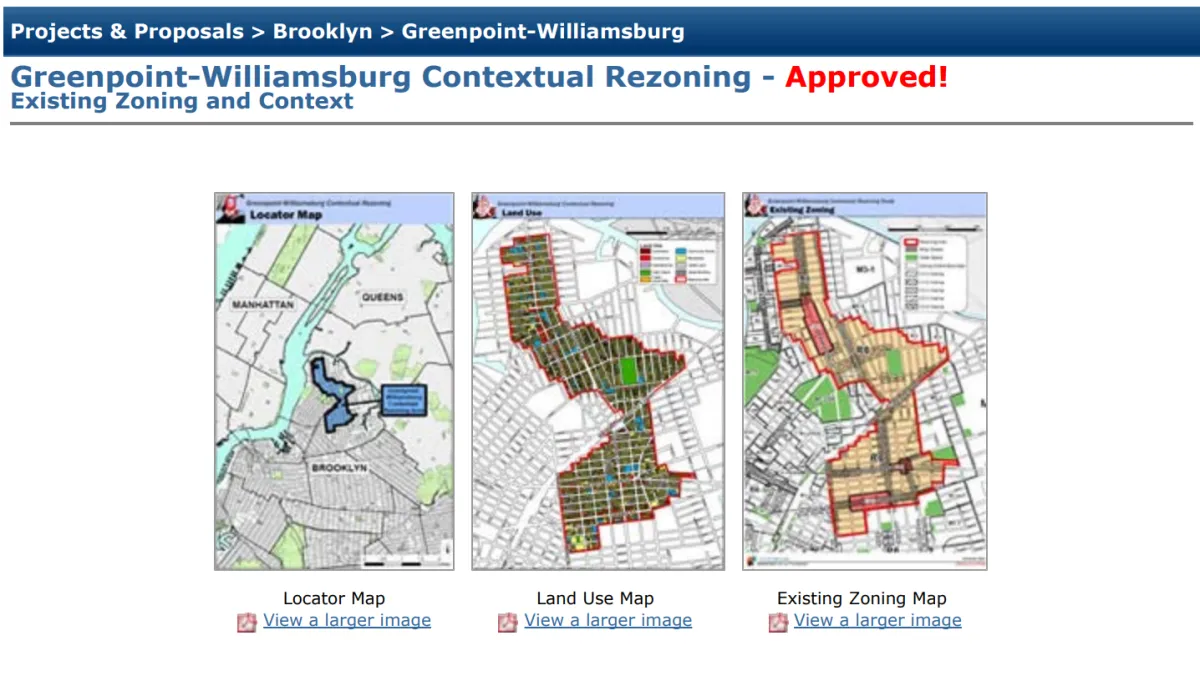
Wlliamsburg Rezoning Map
Image Source: nyc.gov

Williamsburg Bridge, 1919
Image Source: Reddit.com

Street Art
Image Source: Yourbrooklynguide.com

Wlliamsburg Rezoning Map
Image Source: nyc.gov
Transportation and Accessibility
Williamsburg is well-connected to Manhattan and other parts of Brooklyn, making it an ideal location for commuters and explorers:
Subway: The L train provides easy access to Manhattan.
East River Ferry: A convenient and scenic way to travel between Williamsburg and Manhattan.
Bus Lines: Multiple bus routes serve the neighborhood, ensuring excellent connectivity.
